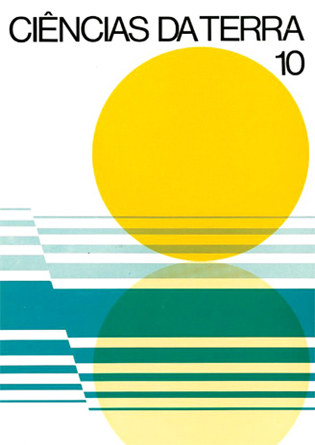Miocene catfishes (Ariidae, Bagridae) from Lisbon: a Nilotic (or Sudanian) type fauna
Abstract
Key-words: Catfishes - Nilotic/Sudanian type association - Ecology - Paleobiogeography - Miocene - Portugal. Miocene catfishes from Lisbon are dealt with. Two distinct sets of pectoral and dorsal pterygiophores are described. That from the Langhian V-b is referred to Arius sp. probably close to A. heudeloti. Another set from the uppermost Burdigalian V-a may be ascribed to a bagrid, cf. Chrysichthys sp., identified for the first time in this region. The catfish and Lates association is strikingly similar to Mrican, nilotic or sudanian ones as far as freshwaters are concerned. In marine, coastal environments, stenotherm warm-water forms (Polynemids, large barracudas and several sharks) indicate, as a model, faunas like those from Cape Verde to northern Angola. There is some gradation for brackish waters (fig. 1). Catfishes and Lates probably migrated into the Iberian Peninsule in the lower Miocene. They are unknown after Langhian V-b except for a reappearance of Arius in the middle Tortonian VII-b. Decreasing temperatures and aridity account for local extinction at least in freshwaters. Expansion of these fishes have been made easier owing to the displacelIlent of land masses that narrowed or closed the marine waterway between Europe and Africa. Saliniry tolerance is not necessarily the sole explanation for migrarion. Catfishes plus Lates associations colonized inland waters from both sides of the Paleomediterranean. Local exrinction may have weighed more in the development of modern distribution patterns than migration.Downloads
Published
2009-04-17
Issue
Section
Articles






